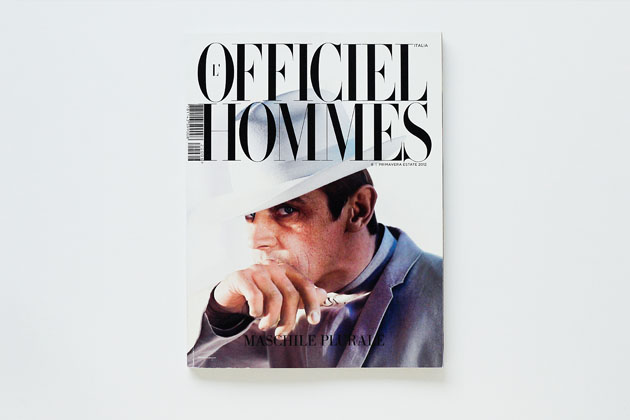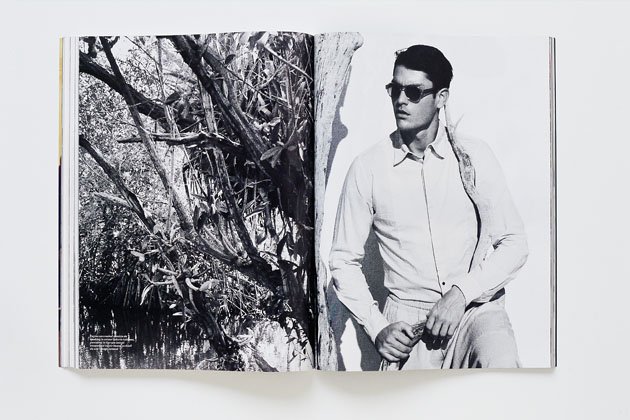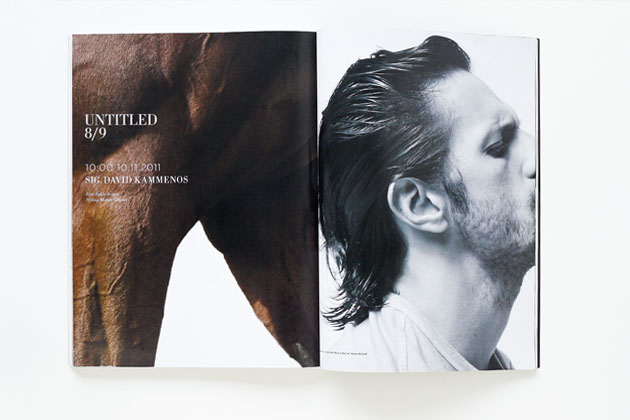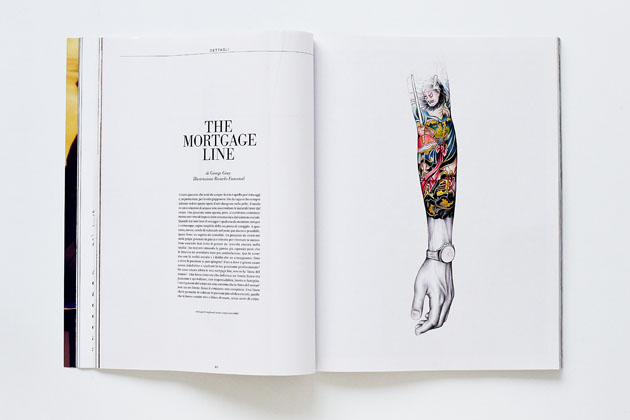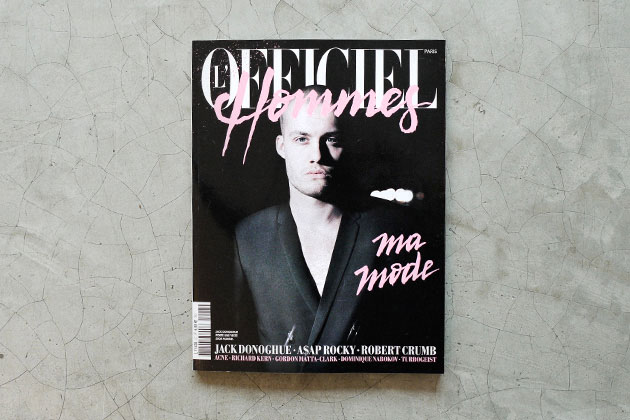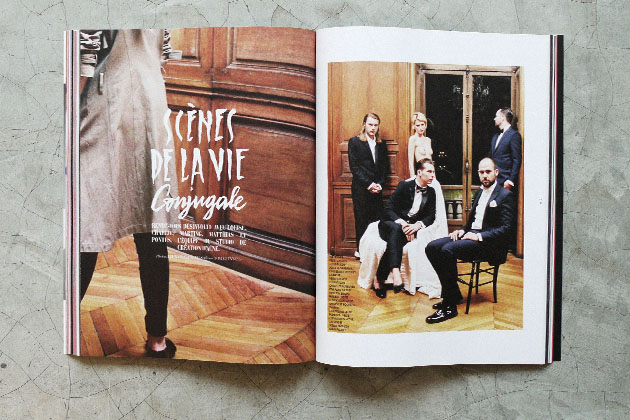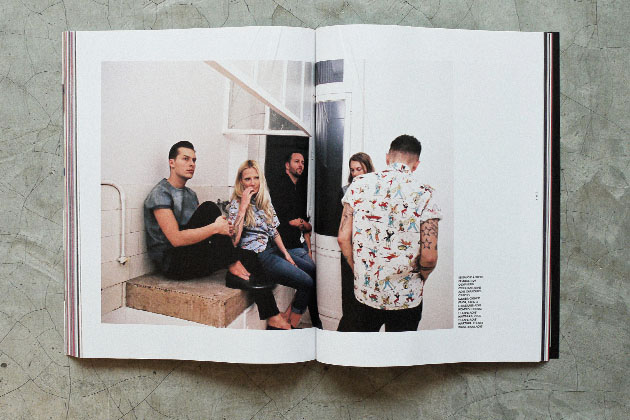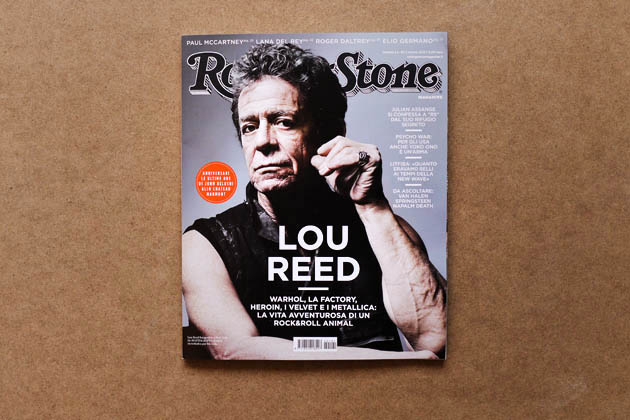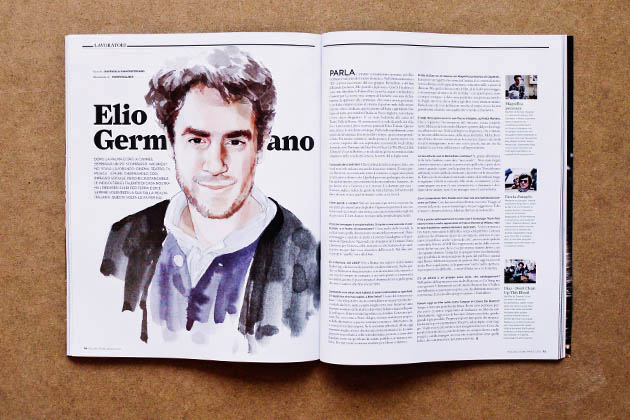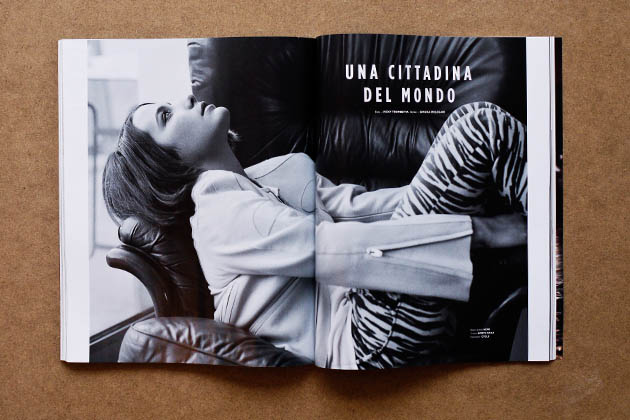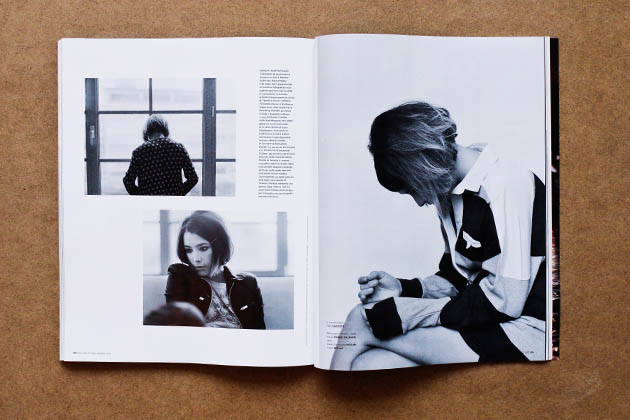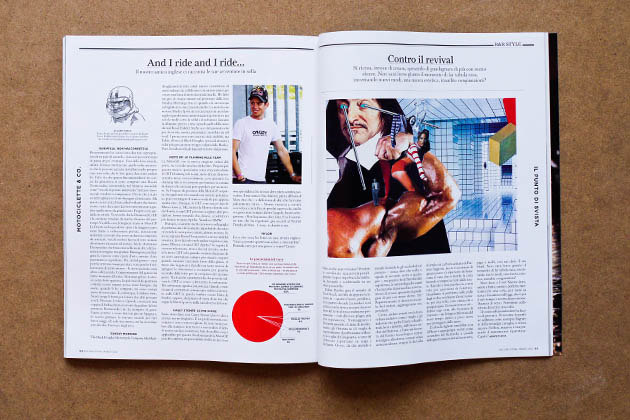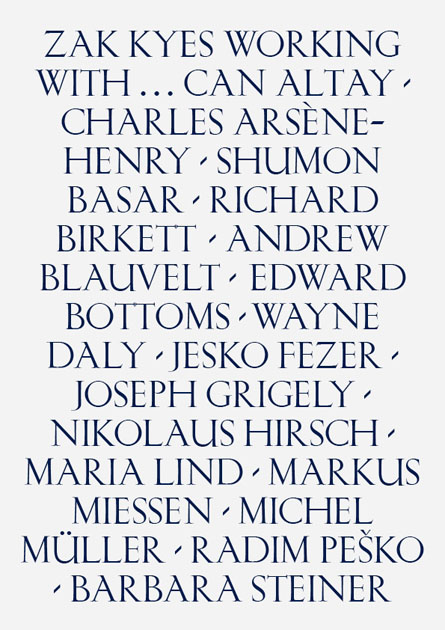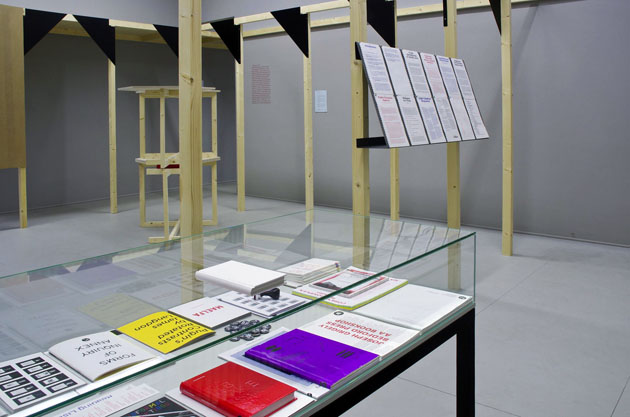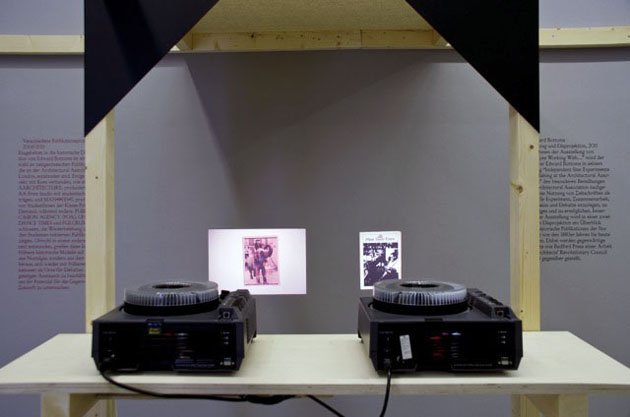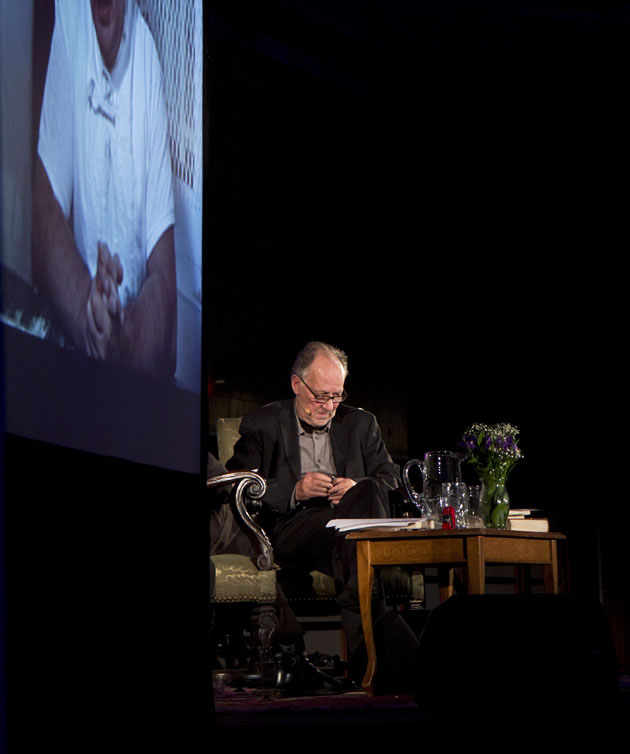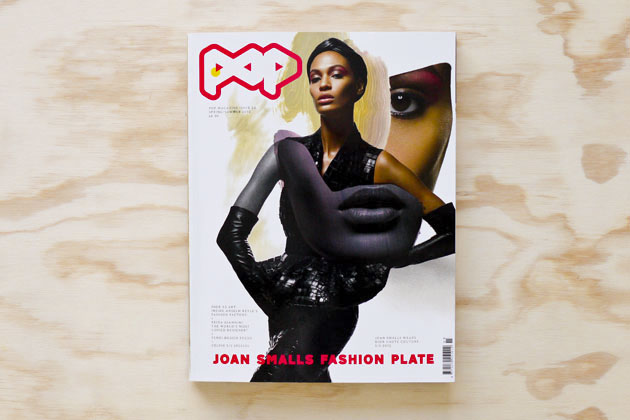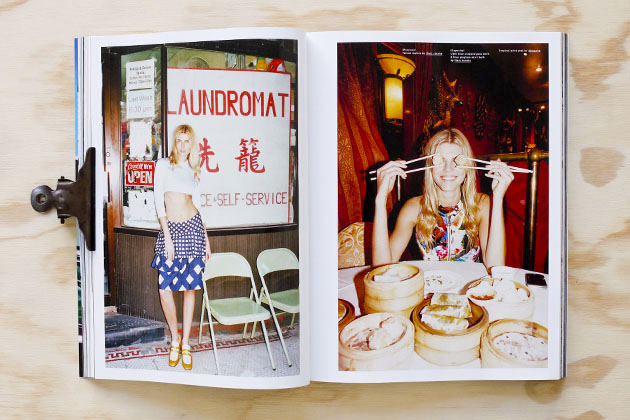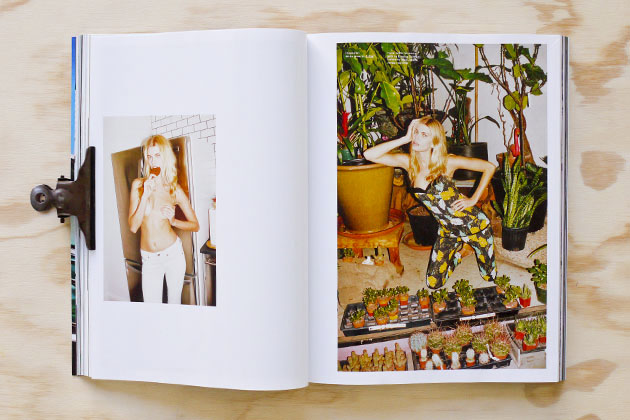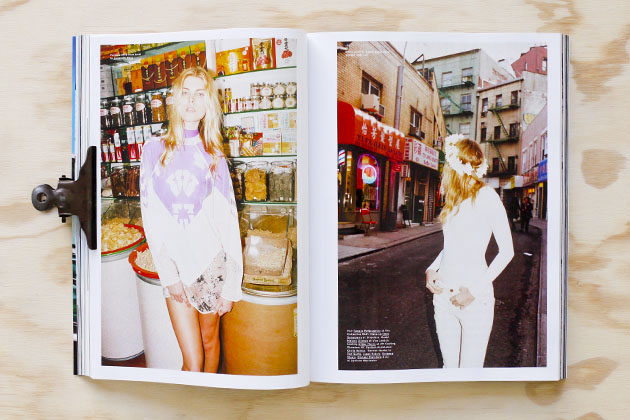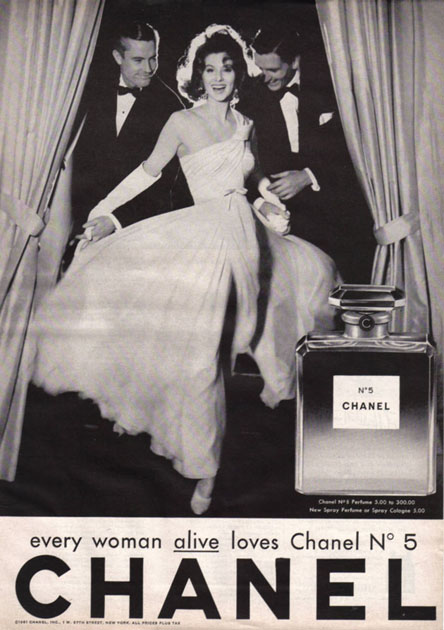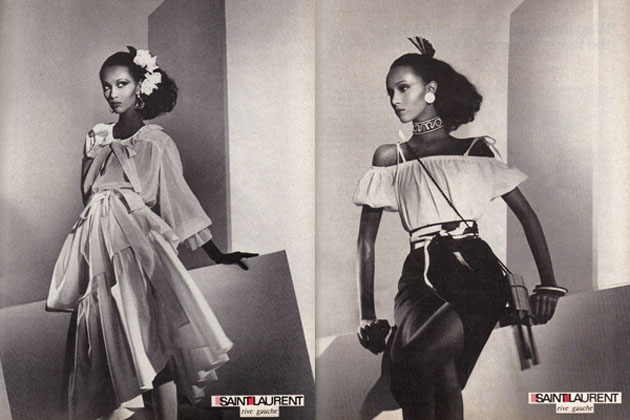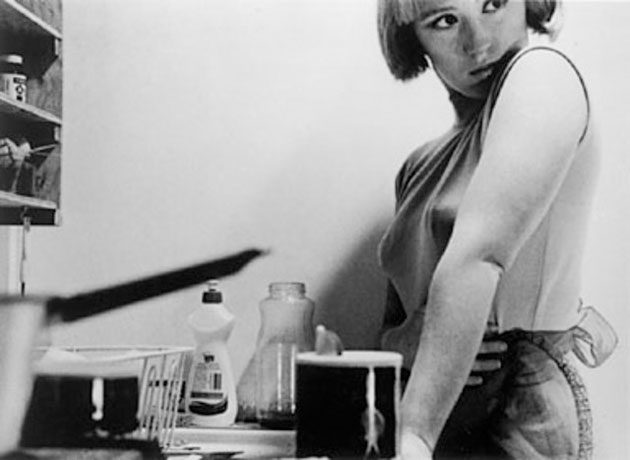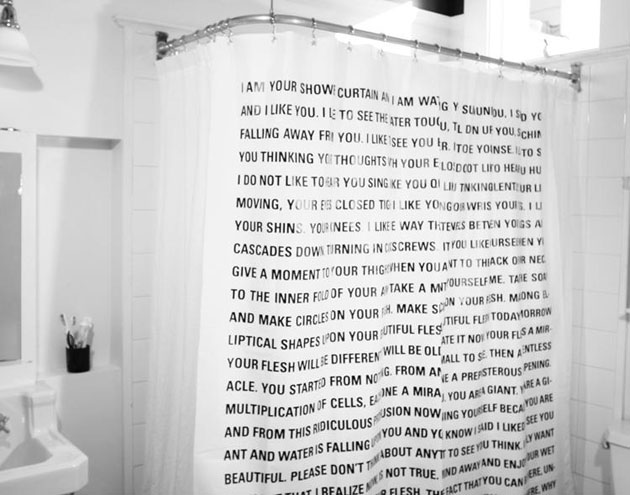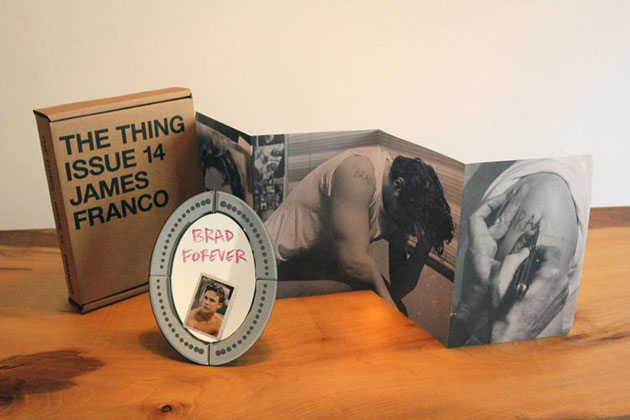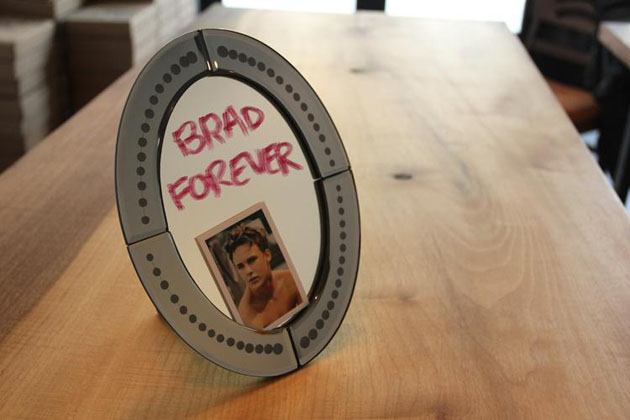The Editorial: Ode To Richard
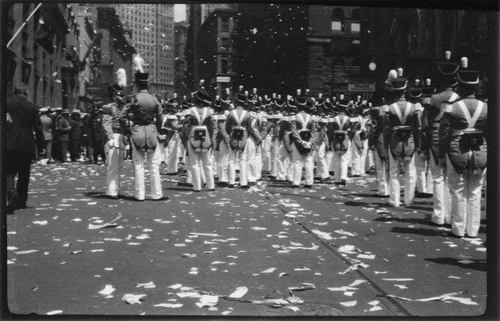
And an ethically complex war that will undoubtedly impact our media-fueled futures rages on: just yesterday Richard O’Dwyer, the student accused of copyright infringement, has been ordered extradited from the UK to America. Yikes.
This year has already been a rager in the battle between traditional content producers and the quicksilver warriors of the internet. So far we’ve seen the sideshow spectacle Kim Dotcom’s fantastic downfall and enormous worldwide protests against the proposed Protect IP Act and Stop Online Piracy Act bills introduced by the United States’ legislature. And now, helpless Richard, who ran a two-bit site that linked to copyrighted content, is being hauled away from his home to face a wrath tied up in a sociopolitical and economic discourse much bigger than his actions.

Alas, television and movies (and their protected legal statuses) overwhelmingly originate in the USA, and the massive media conglomerates who produce them have a vested interest in making sure those programs and films can continue to generate steady profit. Fair enough. But the sudden push to toughen up criminal laws is reflective of a legal system that readily bends to the will of those with lots and lots of €£$¥. The conglomerates are scared. The porous, dynamic nature of the Internet has chipped away at their anachronistic models, and so they’ve been lobbying lawmakers around the clock to come to their defense. “Save us from that big bad Richard!” they cry, melodramatically.
But since power and money [almost] always flock together, helpless Richard loses. And while that may be a rather simplistic down-on-the-street 99% style argument, it’s nevertheless a scary proposition: like pirates rushing to shove dirty rags in the holes of their rickety ships while forcing someone to walk the shark tank plank because he helped steal a tarnished cubic zirconia, the conglomerates are ignoring their most pressing issues while they unscrupulously attempt to bend the rules to their favor. But since Hollywood and Silicon Valley stand on starkly different sides of the debate (Google wants open, Disney wants closed), there is a vast amount of clout (and money) on both sides of the issue. It will be fascinating to see how the story unfolds over the coming years. In any case, the implications are huge on both sides.
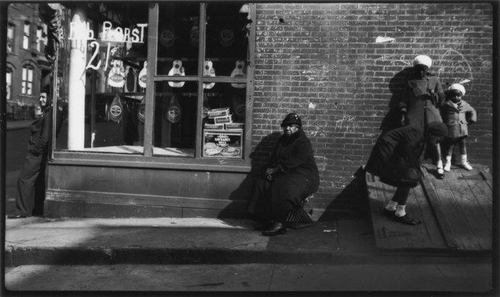
2DM itself is an agency whose signed talents produce a great deal of high-quality, original content. We shoot for the glossies, illustrate for the generation-defining independents and style for some serious brands. And despite inevitable minor skirmishes over rights and misappropriation, we generally feel that the world is a better place with our artists out there making it slightly prettier. So on the face of it, we agree with the old-style content creators – photographers, actors, musicians and designers alike cannot get by if people steal their hard work – but we see everyday the tremendous value that the open and dynamic nature of the internet has brought to the world. We might all make a bit less for our content, but in return we get far more and far better content than we once did.
At the heart of the problem lies more than a seriously unlucky student whose life will likely be ruined by the out-of-control complex that wishes to make an highly visible example of him: the open, transparent future we dream of has no place for the massive concrete walls of PIPA, SOPA and the lobbyists whose indirect actions are going to land that poor student in American prison.
Let’s all root for Richard. This is serious.





